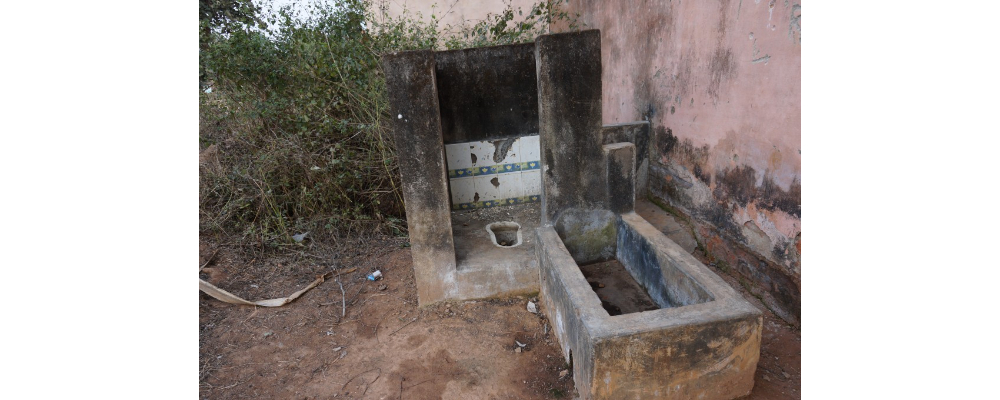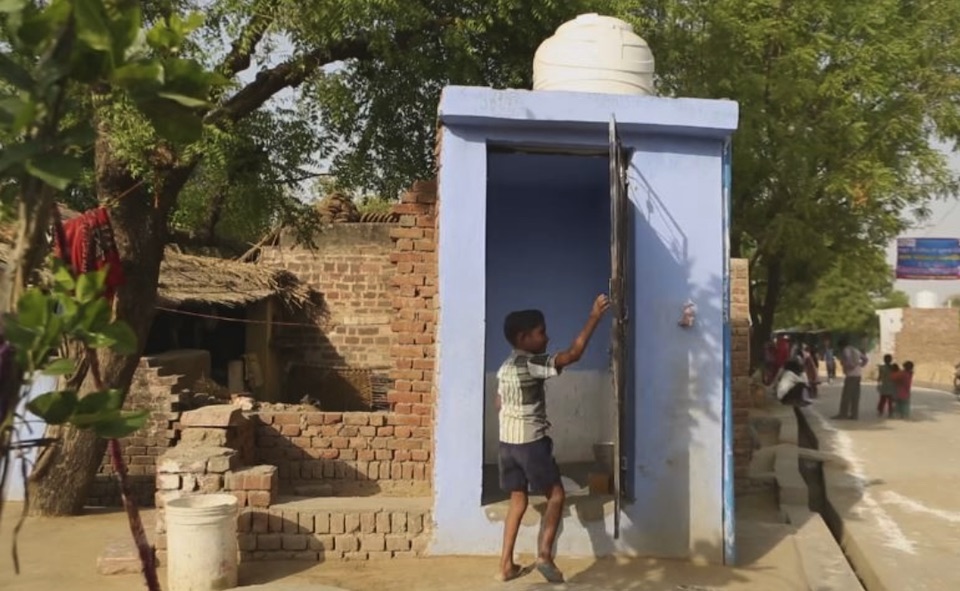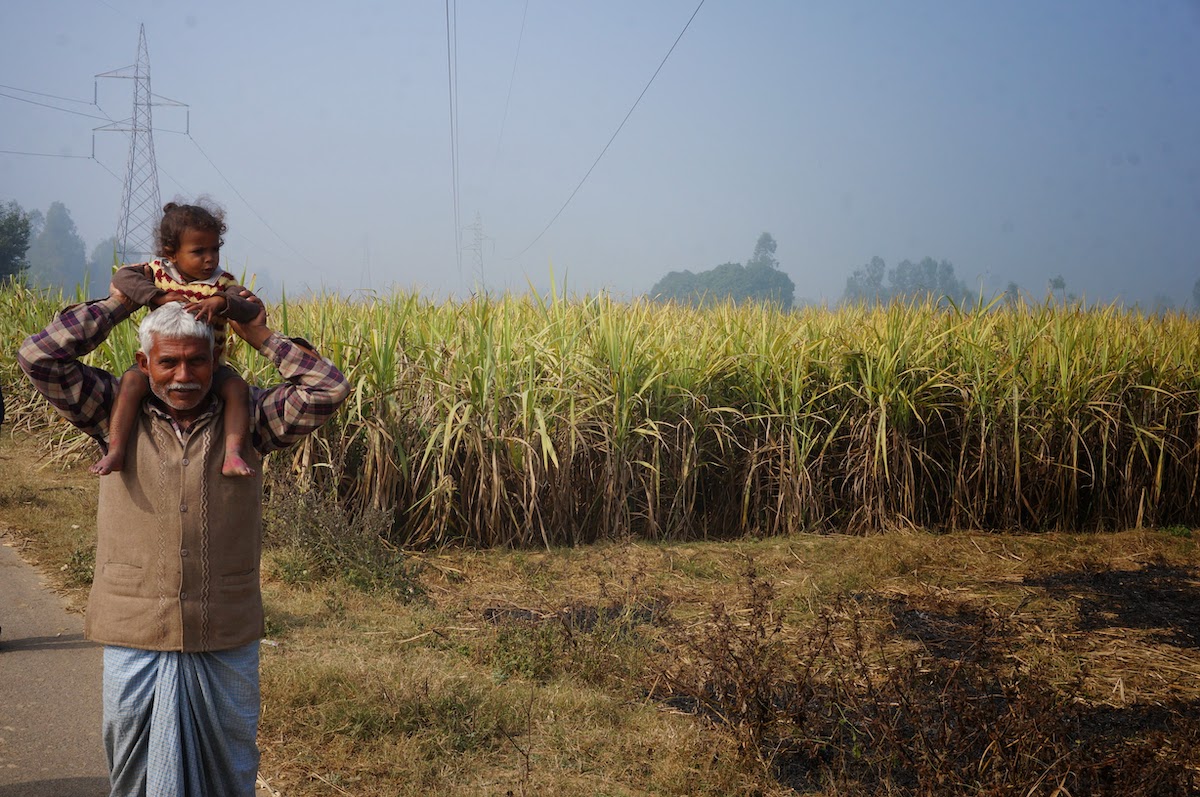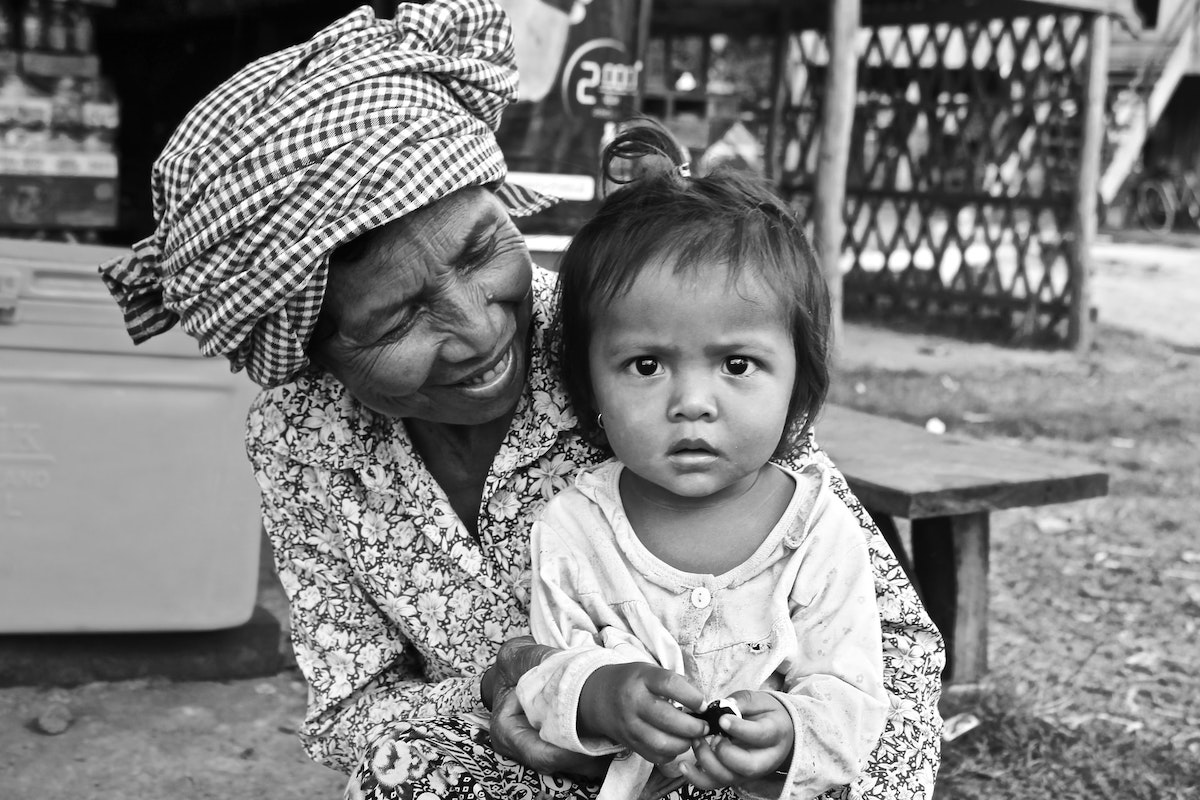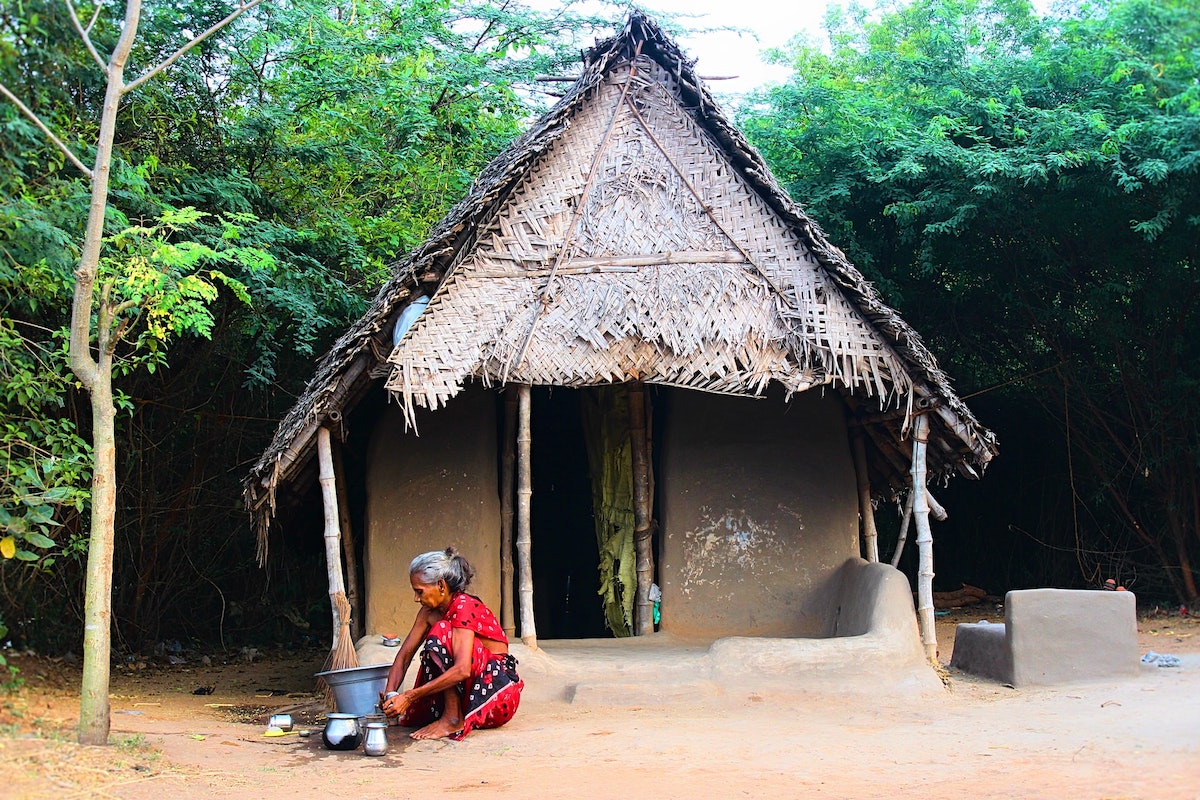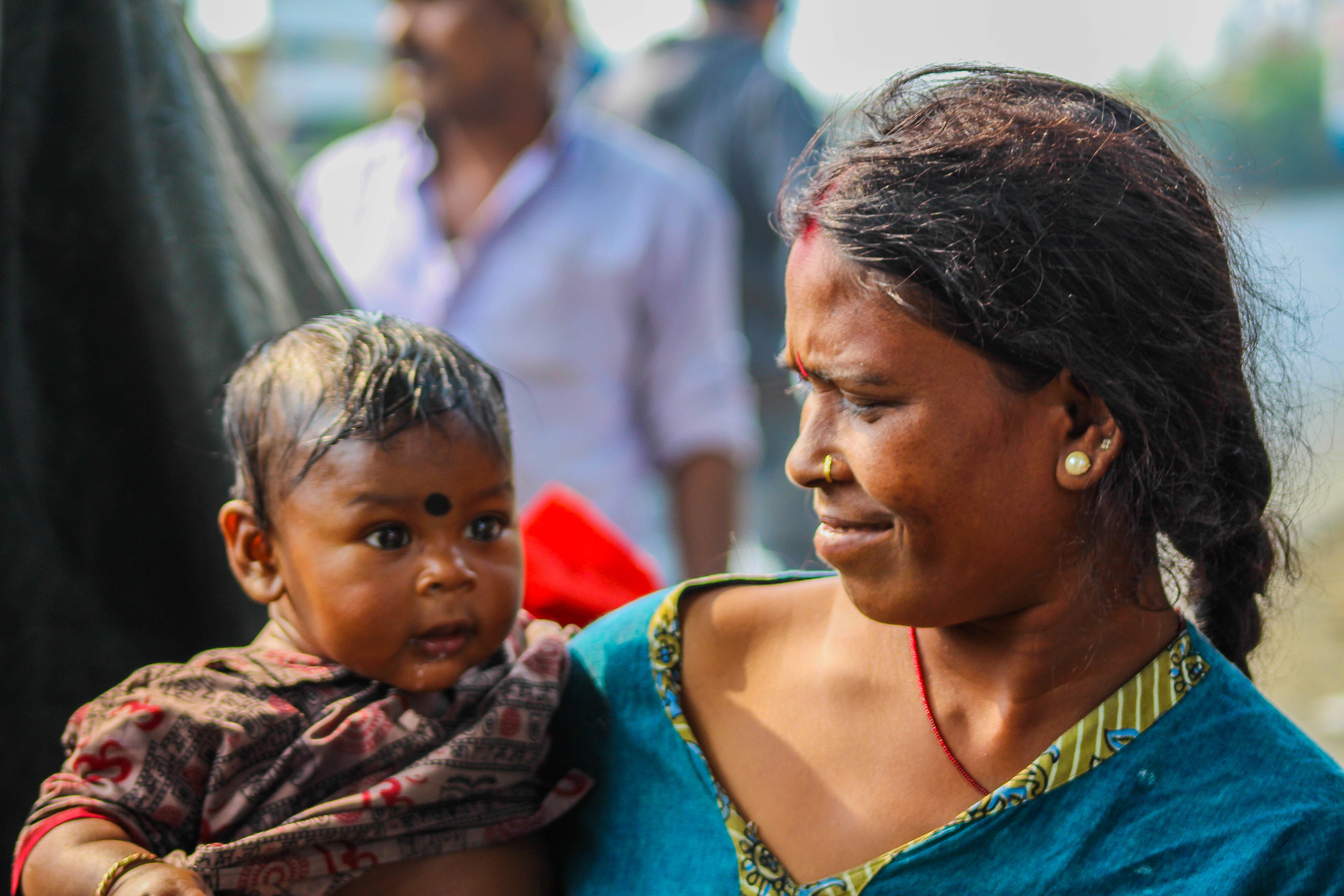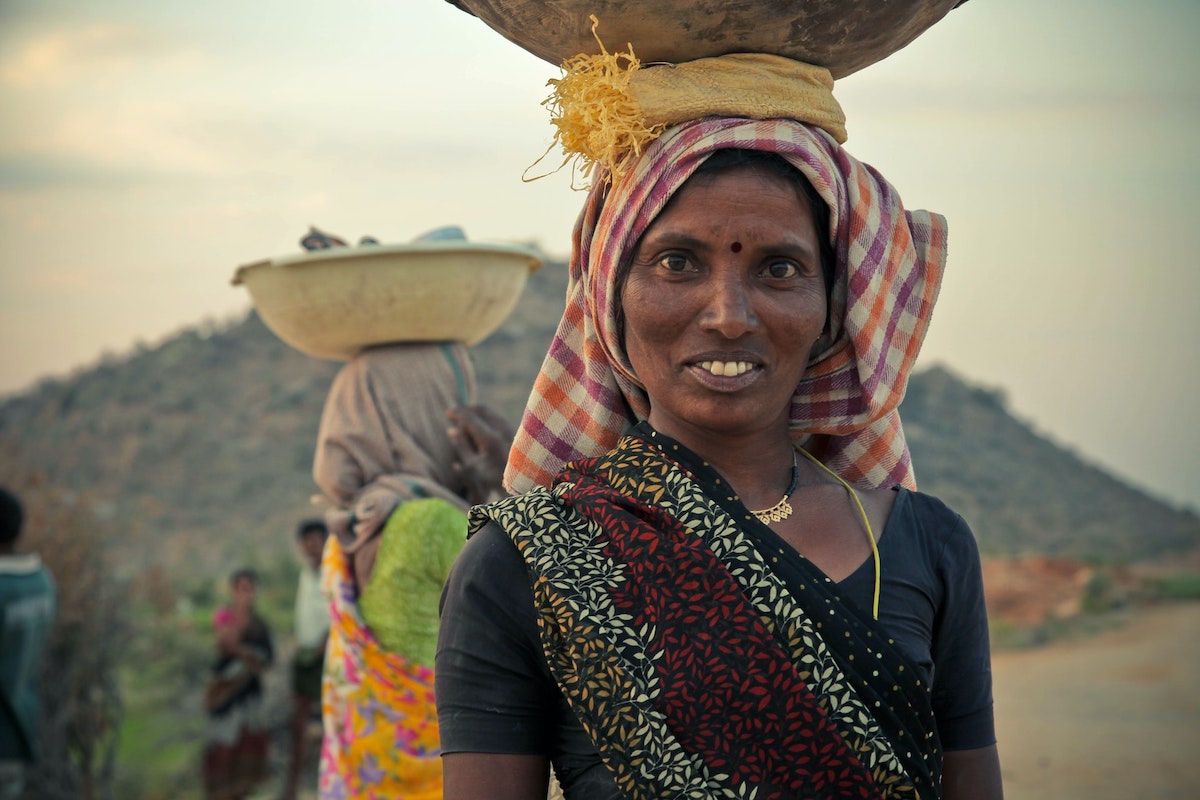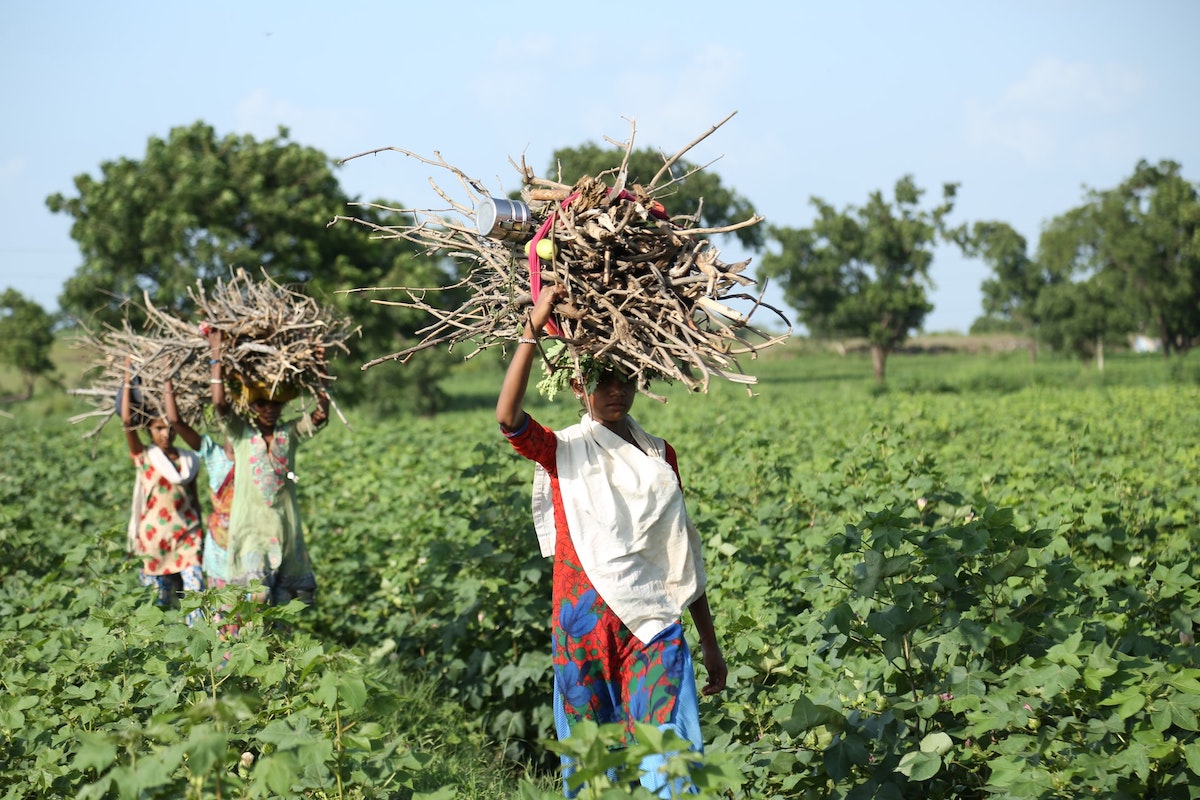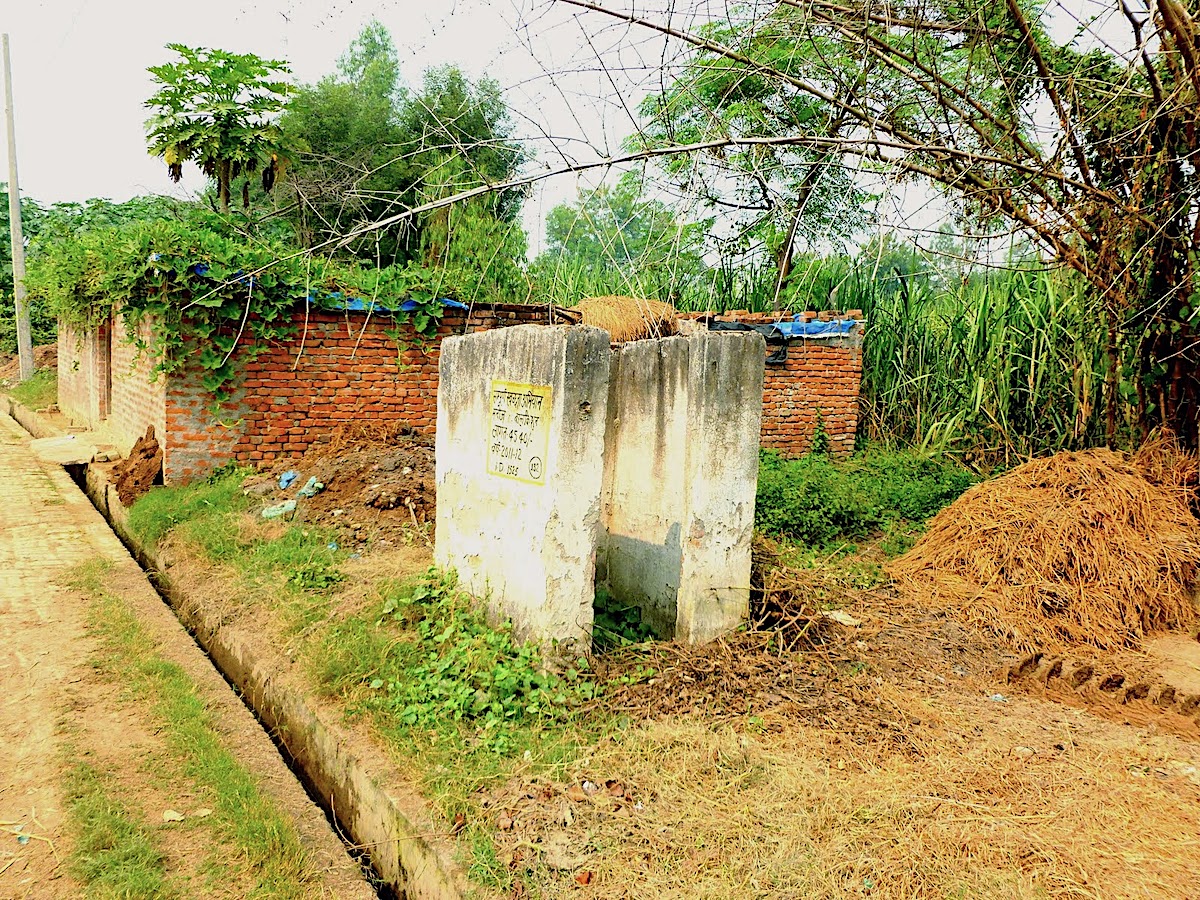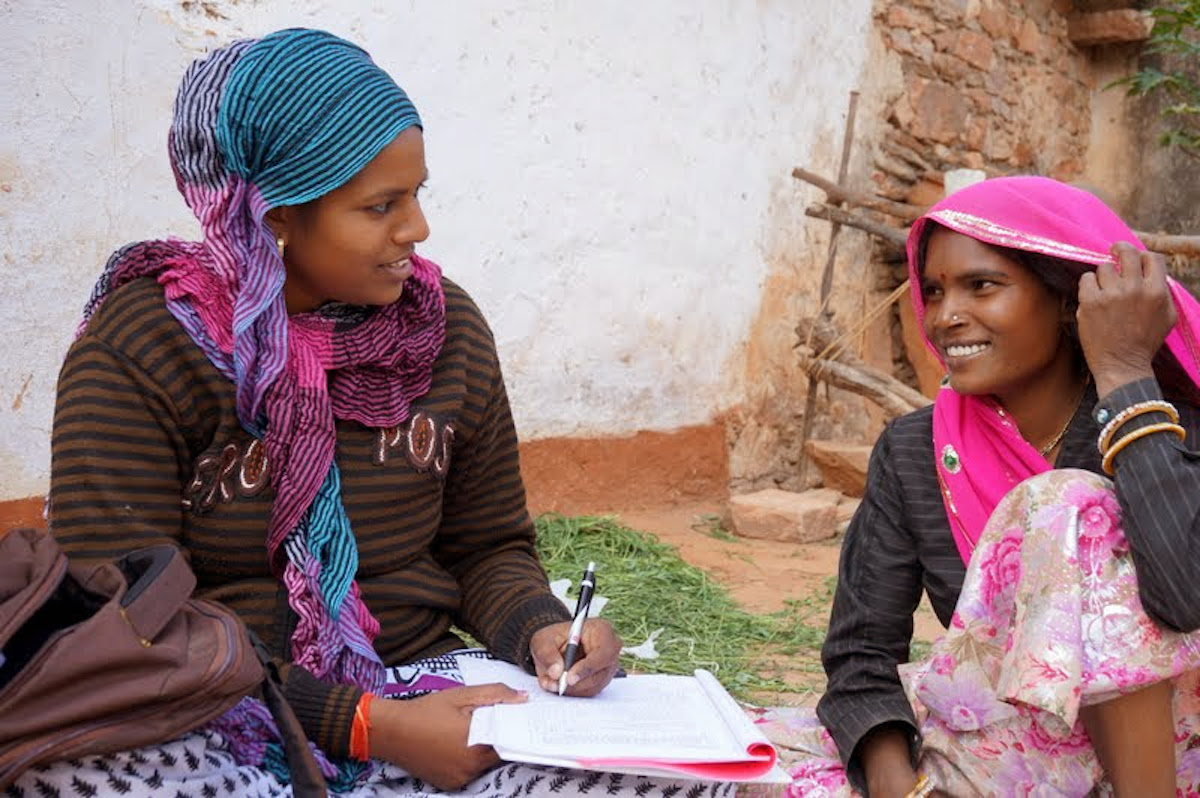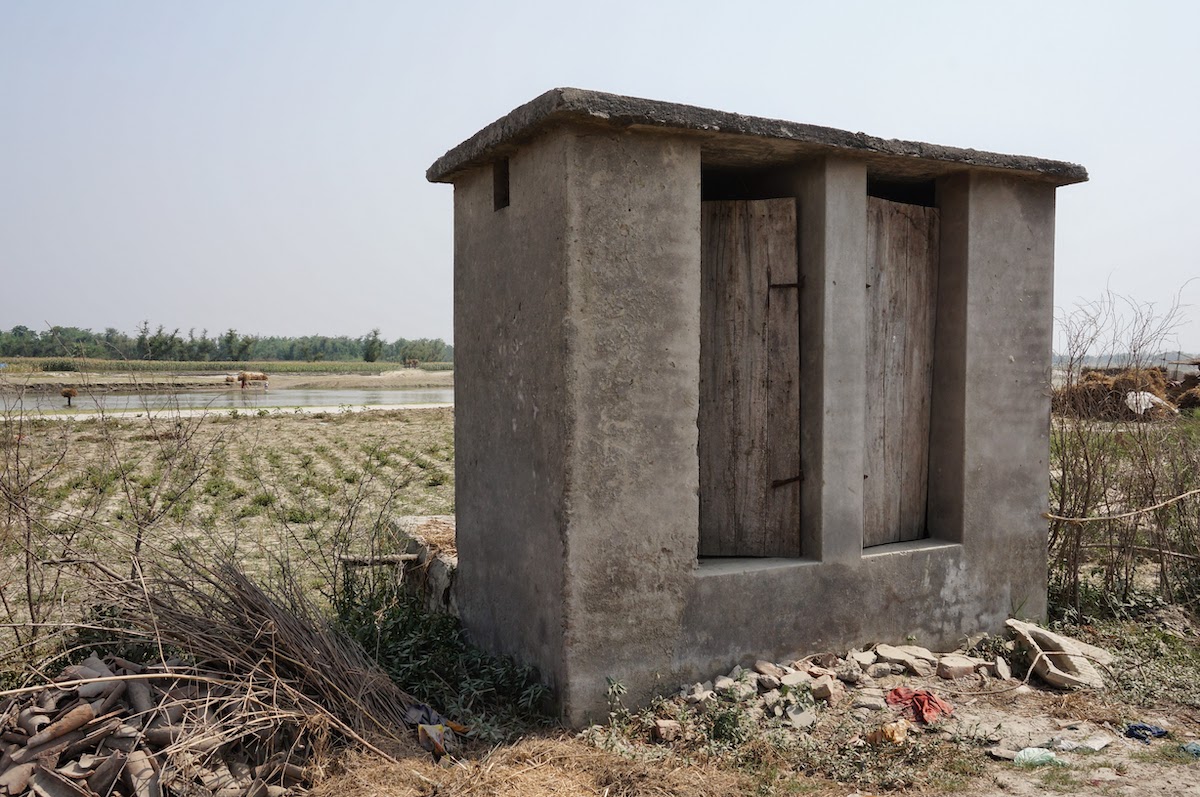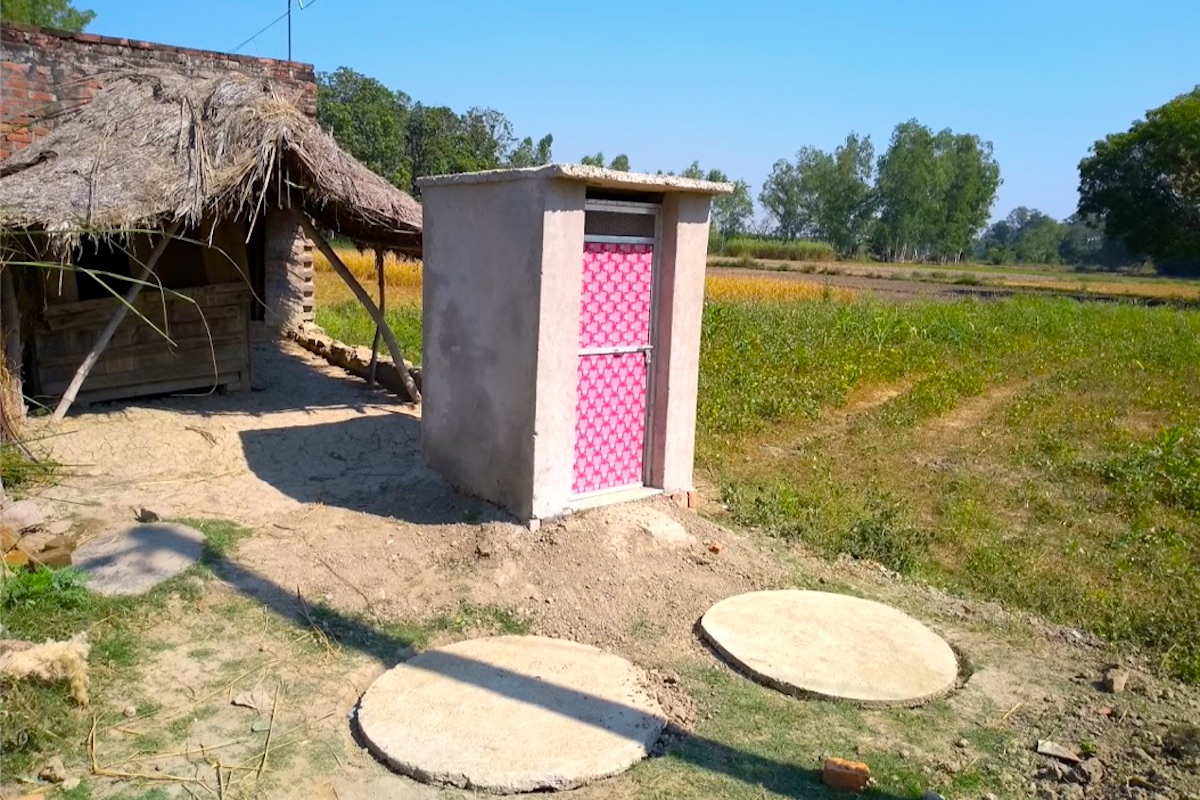The Indian Government created the National Clean Air Programme (NCAP) with an ambitious aim to reduce air pollution in 131 cities by 40% by 2026. If successful, NCAP would be one of the most important environmental policies in history. We evaluate the effect of NCAP, and find a precisely estimated zero effect.
Research by Sangita Vyas
Research by Sangita Vyas
Consequences of coercive policies for survey measurement: Evidence from India's Clean India Mission
This paper studies the consequences of policy change for social desirability bias in survey responses in the context of a large-scale and highly-salient sanitation program in India.
Changes in child height and open defecation in rural India: Understanding improvements between the two most recent demographic surveys
This paper studies the extent to which the dramatic reduction in open defecation exposure in India between 2015 and 2019 can statistically account for the increase in child height over this period of time.
Is Less Really More? Comparing the Climate and Productivity Impacts of a Shrinking Population
A smaller human population would produce less carbon emissions, other things equal. This fact has led to the view that an important benefit of the ongoing, global decline in fertility will be reductions in long-run temperatures. Here we assess the magnitude and economic significance of this relationship.
Long-term population projections: Scenarios of low or rebounding fertility
We show that any stable, long-run size of the world population would persistently depend on when an increase towards replacement fertility begins. Without such an increase, the 400-year span when more than 2 billion people were alive would be a brief spike in history. This paper has been published in PLOS One.
Do Fertility Preferences in Early Adulthood Predict Later Average Fertility Outcomes of the Same Cohort?: Pritchett (1994) Revisited with Cohort Data
In this paper, we update Pritchett (1994) by examining the relationship between ideal fertility in early adulthood and completed fertility for the same cohort of women in later adulthood. We find that the prior result replicates: The relationship between fertility preferences and completed cohort fertility is, if anything, even stronger in our data. This paper has been published in Economic Letters.
Large and unequal life expectancy declines associated with the COVID-19 pandemic in India in 2020
This study is the first to examine declines and disparities in life expectancy by age, sex, and social group, in India during the COVID-19 pandemic. This paper has been published in Science Advances.
Near-universal marriage, early childbearing, and low fertility: India's alternative fertility transition
This study documents India's transition to low fertility despite high marriage rates, and consistently low age at first birth. This paper has been published in Demographic Research.
Heritable fertility is not sufficient for positive long-term population growth
In this research note, we show that heritable fertility is not sufficient for positive long-term population growth, for empirical and theoretical reasons. This paper has been published in Demography.
Social disadvantage, economic inequality, and life expectancy in nine Indian states
This study estimates and decomposes life expectancy differentials along lines of caste, religion, and indigenous identity in India, home to some of the largest populations of marginalized social groups in the world. This paper has been published in PNAS.
Child health impacts of coal: Evidence from India's Coal Expansion
What are the child health and human capital consequences of India’s large coal power expansion? Using variation in local coal capacity within place across cohorts, I find that exposure to a median-sized coal plant at birth is associated with a 0.1 standard deviation child height deficit. This paper is forthcoming in Journal of Human Resources.
Gender and LPG use after government intervention in rural north India
We examine why households are slow to adopt clean fuels in rural north India, and find that patriarchal gender norms and attitudes encourage the use of solid fuels in this region.
Persistence of solid fuel use in rural north India
We present survey evidence from rural north India showing persistent solid fuel use despite increases in liquefied petroleum gas ownership.
Measuring open defecation in India using survey questions: evidence from a randomised survey experiment
We provide the first evidence that individual-level questions find more open defecation than household-level questions.
Revisiting open defecation: Evidence from a panel survey in rural north India, 2014–18
Although rural latrine ownership increased considerably over this period, open defecation remains very common.
The association of early-life exposure to ambient PM2.5 and later-childhood height-for-age in India: An observational study
After controlling for potential confounders, we find that children born in a month with higher ambient air pollution are shorter.
Sanitation and religion in South Asia: What accounts for differences across countries?
This paper estimates how much the rate of open defecation would be reduced if rural households in regions that have a higher fraction of Hindus, where open defecation is still common, altered their behaviour to reflect that of non-Hindu households in regions that are predominantly non-Hindu, where the rate of open defecation is much lower.
Switching to sanitation: Understanding latrine adoption in a representative panel of rural Indian households
We find that households that are richer or better educated, that have certain demographic properties, or that improved their homes between 2005 and 2012 were more likely to switch to using a latrine or toilet. However, each of these effect sizes is small.
Understanding open defecation in rural India: Pollution, latrine pits, and untouchability
We link widespread open defecation in rural north India to beliefs, values, and norms about purity, pollution, caste, and untouchability that cause people to reject affordable latrines.
An experiment with air purifiers in Delhi during winter 2015-2016
We find that indoor air quality while using an air purifier in New Delhi is frequently worse than in cities with moderate pollution, and often worse than levels observed even in polluted cities.
Disease externalities and net nutrition: Evidence from changes in sanitation and child height in Cambodia, 2005-2010
The reduction in children’s exposure to open defecation over this period can statistically account for much or all of the increase in average child height between 2005 and 2010.
Revealed preference for open defecation: Evidence from a new survey in rural north India
Based on new survey data collected in Bihar, Haryana, Madhya Pradesh, Rajasthan and Uttar Pradesh, we find that over 40% of households with a working latrine have at least one member who defecates in the open.


